Within the intricate web of feline biology, the dental composition of cats offers a window into their evolutionary adaptations and primal instincts. Cat teeth are not merely tools for consumption but finely tuned instruments designed for specific tasks.
From the precision of incisors to the power of molars, each tooth type serves a crucial function in a cat's daily life. Understanding the intricacies of their dental anatomy unveils a deeper connection between form and function, shedding light on the silent yet essential role teeth play in the life of our feline companions.
Key Takeaways
- Cat teeth types serve diverse functions for survival and daily activities.
- Teeth play a crucial role in hunting, eating, and overall dental health.
- Dental care is vital for a cat's defense, energy levels, and thriving.
- Healthy teeth contribute significantly to a cat's survival and quality of life.
Cat Teeth Types Overview
The diversity of cat teeth types plays a crucial role in their survival and daily functions. Cats possess various types of teeth, each serving a specific purpose in their hunting, eating, and grooming behaviors.
Incisors are used for snipping and grooming fur, while the long and sharp canine teeth are essential for biting and tearing into prey. Pre-molars, with their wide surface area, help in grasping and holding onto food or prey.
Molars, located at the back of the mouth, aid in crunching hard foods effectively. Understanding the functions of each type of tooth provides insight into how cats have evolved to thrive in their natural environments, showcasing the intricate design of their dental anatomy.
Incisors: Snipping Function
In the intricate dental anatomy of cats, the incisors serve a pivotal role in their daily functions, particularly in the act of snipping and grooming. These front teeth are crucial for cats to grasp, hold, and cut through their food efficiently. The table below illustrates the position of the incisors in a cat's mouth:
| Upper Incisors | Lower Incisors |
|---|---|
| 3 on each side | 3 on each side |
| Total: 6 | Total: 6 |
The incisors' sharp edges aid in tearing meat and cleaning fur during grooming sessions. Their precise function highlights the importance of these teeth in a cat's overall well-being and survival.
Canine Teeth: Biting Strength
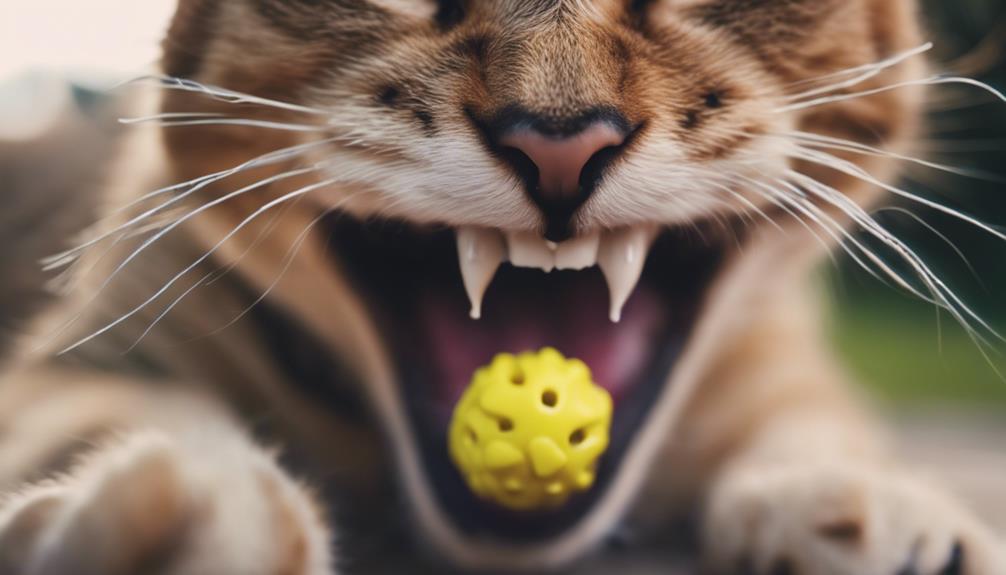
Displaying unparalleled strength and precision, feline canine teeth play a vital role in a cat's biting capabilities. These long and sharp teeth are designed to deliver a powerful bite force, allowing cats to grasp and immobilize prey effectively.
Cats' canine teeth are crucial for tearing through tough meat and bones, reflecting their evolutionary adaptation as carnivorous predators. With their pointed tips and robust structure, these teeth enable cats to puncture and hold onto their food securely. The strong biting strength facilitated by their canine teeth not only aids in hunting but also serves essential functions in grooming and self-defense.
Pre-Molars: Grasping Ability
Feline pre-molars, situated between the powerful canine teeth and efficient molars, serve a critical role in a cat's ability to grasp and manipulate prey during hunting and feeding activities. These wide and sturdy teeth aid in holding onto and controlling prey, contributing significantly to a cat's predatory success.
Here are three key points highlighting the importance of pre-molars in a cat's hunting prowess:
- Grasping Precision: Pre-molars enable cats to precisely grip and secure their prey, preventing it from escaping during the critical moments of a hunt.
- Manipulation Dexterity: These teeth allow cats to deftly manipulate their food while feeding, aiding in tearing apart flesh and consuming the prey efficiently.
- Versatile Tool: Pre-molars serve not only in hunting but also in grooming activities, showcasing their versatility in a cat's daily life.
Molars: Crunching Power
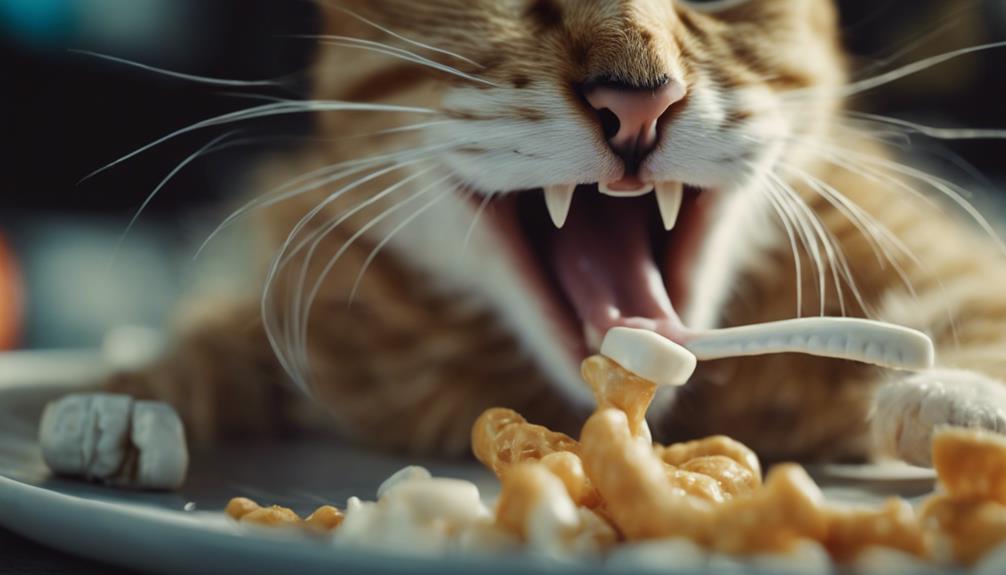
Situated at the back of a cat's mouth, the molars play a crucial role in the feline's ability to crush and grind hard foods efficiently. These flat-topped teeth are designed to withstand the forces exerted during chewing, allowing cats to break down tough food items like bones and raw meat.
With powerful jaw muscles working in tandem with the molars, cats can efficiently process their food, aiding in digestion and nutrient absorption. Additionally, the molars help maintain the overall dental health of cats by promoting chewing, which can reduce plaque and tartar buildup on their teeth.
In the wild, this crushing power is essential for a cat's survival, enabling them to extract every bit of nutrition from their prey.
Teeth's Role in Survival
The molars, along with the other types of teeth in a cat's mouth, collectively play a vital role in the feline's survival by facilitating essential functions necessary for hunting, eating, and overall well-being.
Teeth's Role in Survival:
- Hunting: Sharp teeth aid in catching and subduing prey.
- Eating: Different teeth help in tearing, slicing, and grinding food for digestion.
- Overall Well-being: Healthy teeth contribute to a cat's ability to defend itself, maintain energy levels, and thrive in its environment.
These functions highlight the significance of teeth in a cat's survival, emphasizing the importance of dental care for their overall health and quality of life.
Kitten Deciduous Teeth
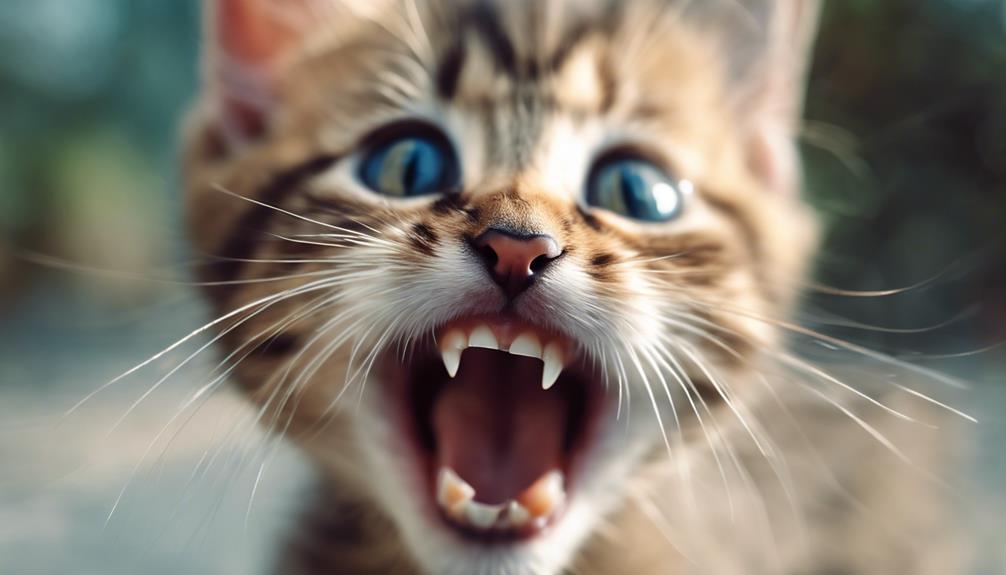
During the early stages of a cat's life, kittens develop a set of deciduous teeth that play a crucial role in their growth and development. These deciduous teeth, also known as baby or milk teeth, start to emerge when kittens are around 2-3 weeks old. Kittens typically have 26 deciduous teeth, which they use for nursing and eventually for consuming solid food as they grow.
These baby teeth are temporary and begin to fall out at around 3-4 months old, making way for the emergence of permanent adult teeth. Understanding the timeline and purpose of these deciduous teeth is essential for monitoring a kitten's dental health and ensuring proper development of their adult teeth.
Teeth Emergence Timeline
At around 2-3 weeks of age, kittens begin to exhibit the emergence of their first set of teeth. This is a crucial developmental stage that marks the beginning of their dental journey. The emergence of teeth in kittens follows a specific timeline, highlighting the importance of understanding this process for their overall health and well-being. To shed light on this significant phase, here are three key points to consider:
- Initial Tooth Eruption: Kittens start to develop their deciduous teeth within the first few weeks of life.
- Gradual Tooth Development: The emergence of teeth continues progressively, with different sets appearing at specific intervals.
- Teething Signs: Kittens may display signs of discomfort or increased chewing behavior during this period.
Transition to Permanent Teeth
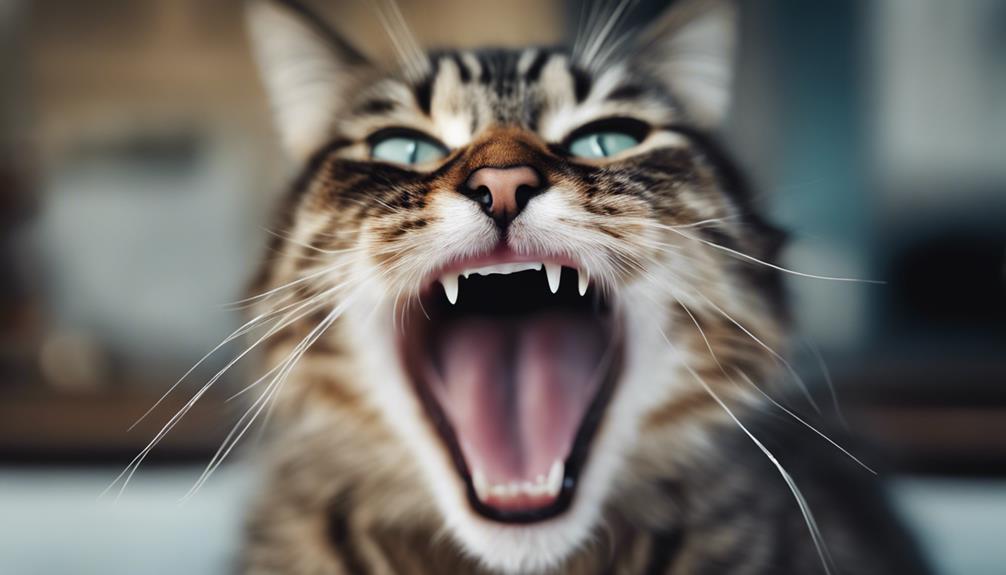
As kittens progress through their dental development, a notable shift occurs as they transition from their deciduous teeth to their permanent set. This transition typically happens around 3-4 months of age when the baby teeth start to fall out, making way for the 30 permanent teeth that adult cats have. The emergence of the permanent teeth marks an important milestone in a cat's life, impacting their ability to hunt, eat, and maintain overall oral health.
| Deciduous Teeth | Permanent Teeth |
|---|---|
| 26 baby teeth | 30 adult teeth |
| Smaller and whiter | Larger and yellower |
| Weaker structure | Stronger structure |
| Temporary function | Lifelong function |
Adult Cat's Dental Count
The adult cat's dental count comprises a total of 30 permanent teeth, each serving specific functions crucial to the feline's overall well-being and survival. These teeth are arranged in a way that allows cats to effectively catch, kill, and consume their prey, as well as to maintain their overall health. The dental count of adult cats is as follows:
- Incisors: Essential for snipping and grooming fur.
- Canine Teeth: Long and sharp, designed for puncturing and holding prey.
- Molars: Used for grinding and shearing meat into smaller, digestible pieces.
These 30 teeth play a significant role in a cat's ability to hunt, eat, and maintain proper dental health throughout their lives.
Combatting Periodontal Disease
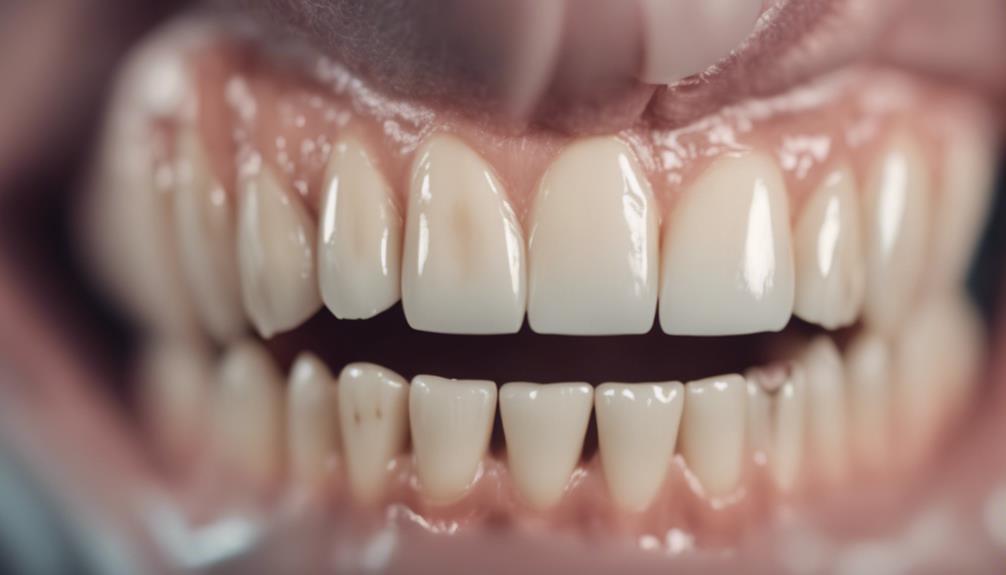
One effective approach to combatting periodontal disease in cats is through proactive dental care measures that prioritize prevention and early intervention. Periodontal disease is a common issue in cats, impacting their overall health and quality of life.
Regular dental check-ups and cleanings play a crucial role in preventing the progression of dental problems. In addition to professional care, at-home dental hygiene is essential. This includes regular tooth brushing using specialized cat toothpaste and toothbrushes.
Proper dental care not only helps in maintaining oral health but also contributes to the cat's overall well-being. By addressing periodontal disease early on and implementing a comprehensive dental care routine, cat owners can significantly improve their feline companion's oral hygiene and health.
Importance of Dental Cleanings
Regular dental cleanings for cats are essential components of preventive healthcare to maintain optimal oral hygiene and overall well-being.
Importance of Dental Cleanings:
- Prevention of Periodontal Disease: Professional cleanings help remove tartar buildup, reducing the risk of gum disease.
- Early Detection of Dental Issues: Regular cleanings allow veterinarians to identify dental problems like cavities or infections before they worsen.
- Improved Overall Health: Clean teeth contribute to better oral health, which can positively impact a cat's overall health and longevity.
Ensuring that your cat receives regular dental cleanings is crucial for their well-being and can prevent potential health issues down the line.
Crucial Dental Hygiene Practices
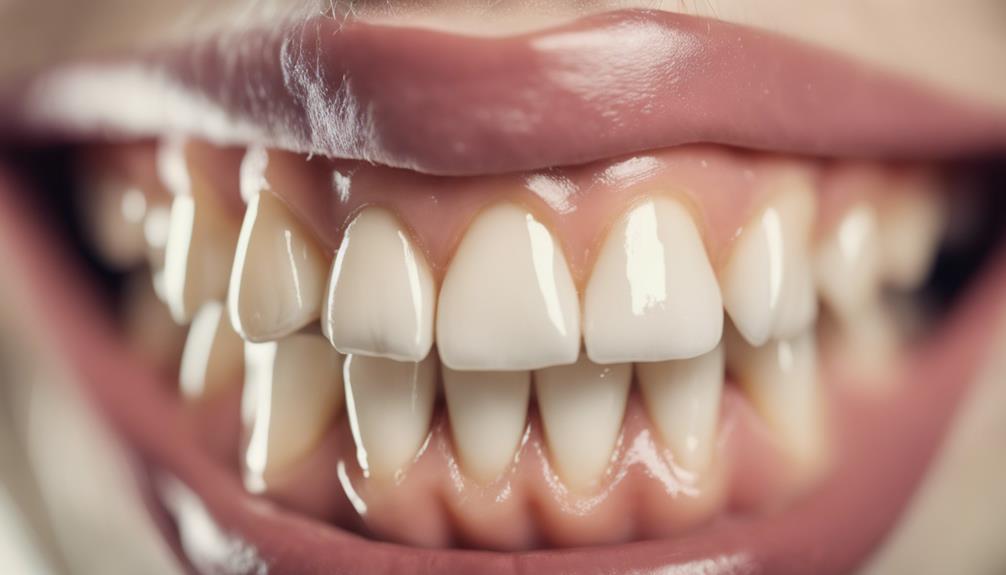
Highlighting essential practices for maintaining optimal oral hygiene in cats is crucial to ensuring their long-term health and well-being. Regular dental cleanings are vital in preventing periodontal disease, a common issue in cats.
Additionally, incorporating dental hygiene practices at home is key. This includes brushing your cat's teeth regularly using a feline toothbrush and toothpaste. Positive reinforcement during tooth brushing sessions can make the experience more pleasant for your cat.
While dental treats and water additives can complement brushing efforts, they should not replace regular tooth brushing. Consistent dental care, both at home and through professional cleanings, is essential for preventing dental issues and ensuring your cat's overall health and longevity.
Signs of Dental Issues
Recognizing signs of dental issues in cats is crucial for maintaining their oral health and overall well-being.
Signs of Dental Issues in Cats:
- Changes in Eating Habits: Refusal to eat hard food or dropping food while eating.
- Bad Breath: Foul odor coming from the cat's mouth may indicate dental problems.
- Pawing at the Mouth: Excessive pawing or rubbing the face can signal discomfort or pain in the mouth.
Being vigilant for these signs can help detect dental issues early, leading to timely intervention and improved oral health for your feline companion.
Teeth Brushing Guidelines
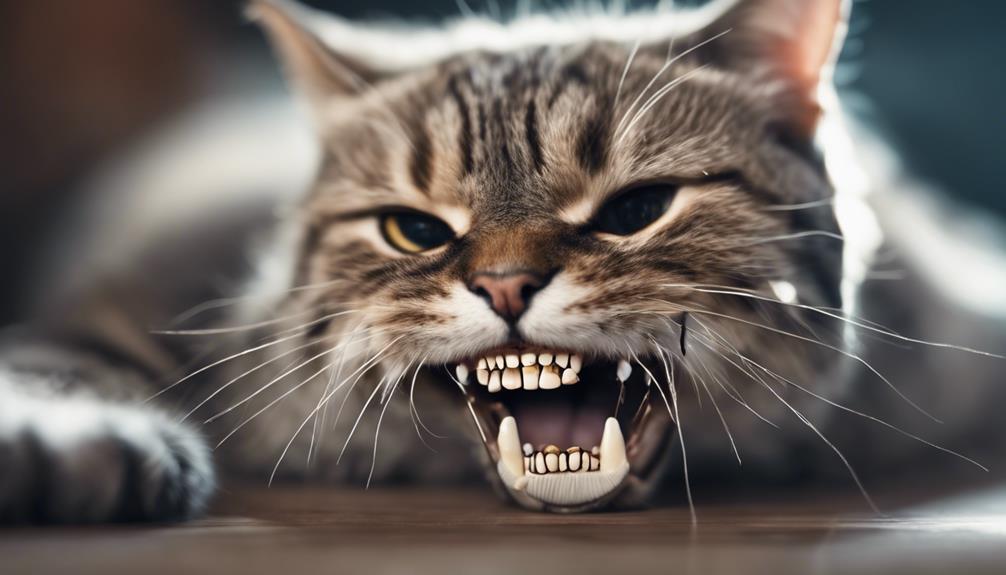
To ensure optimal dental health for your cat, understanding proper teeth brushing guidelines is essential for maintaining their oral hygiene and preventing potential dental issues. Regular tooth brushing is key to controlling periodontal disease in cats. Positive reinforcement techniques can help make the brushing experience more pleasant for your feline friend. It's crucial to follow a guide on how to brush a cat's teeth properly. Consistent practice and patience are necessary to establish a routine. Remember, dental treats and water additives are not substitutes for brushing but can complement it. Below is a table highlighting key guidelines for effective cat teeth brushing:
| Guideline | Description | Importance |
|---|---|---|
| Regular Brushing | Brush your cat's teeth consistently | Essential |
| Positive Reinforcement | Use rewards to make brushing enjoyable | Helpful |
| Follow a Guide | Learn proper techniques for brushing | Crucial |
Frequently Asked Questions
Are There Specific Breeds of Cats That Are More Prone to Dental Issues Than Others?
Certain cat breeds, such as Persians and Siamese, are more prone to dental issues due to genetics and facial structure. Regular dental care, including professional cleanings and at-home maintenance, is crucial for all cats to prevent dental problems.
Can Cats Develop Cavities Like Humans Do, or Are Their Dental Issues Mostly Related to Periodontal Disease?
Cats can develop dental issues like periodontal disease due to tartar buildup and gingivitis. While cavities are rare in cats, untreated dental problems can lead to pain, difficulty eating, and overall health decline. Regular dental care is crucial.
How Often Should a Cat's Teeth Be Professionally Cleaned by a Veterinarian?
Professional veterinary guidelines recommend annual dental cleanings for cats. Regular professional cleanings help prevent periodontal disease, maintain oral health, and prolong a cat's lifespan. Veterinarians assess dental health and recommend cleanings based on individual cat's needs.
Are There Any Specific Toys or Chews That Can Help Maintain a Cat's Dental Health Between Brushings?
To help maintain a cat's dental health between brushings, specific toys or chews can be beneficial. Look for toys designed to promote dental hygiene or dental chews that help reduce plaque and tartar buildup. Regular use can aid in oral care.
Do Indoor Cats Require the Same Level of Dental Care as Outdoor Cats Due to Differences in Their Diets and Lifestyles?
Indoor cats require the same level of dental care as outdoor cats due to diet and lifestyle differences. Both may develop dental issues without proper care. Regular dental cleanings, at-home dental hygiene, and monitoring for signs of dental problems are essential for all cats' well-being.
How Does Dental Health Impact a Cat’s Pooping Patterns?
Maintaining good dental health is crucial for a cat’s overall well-being, including their pooping patterns. Poor oral hygiene can lead to digestive issues and discomfort, affecting regular bowel movements. To avoid this, regular dental check-ups and proper teeth cleaning are essential tips for cat health.
Conclusion
In conclusion, understanding the intricate dental anatomy of cats and the functions of each type of tooth is crucial for their overall health and well-being.
Regular dental cleanings and proper at-home hygiene practices are essential in preventing common dental issues like periodontal disease.
By prioritizing dental care, cat owners can help ensure their feline companions lead healthy and happy lives.




